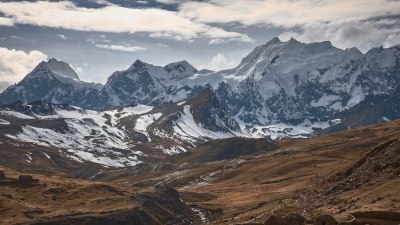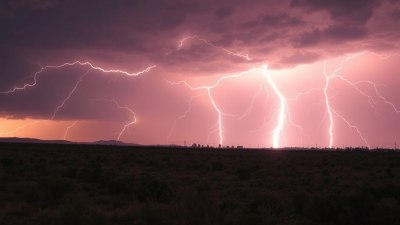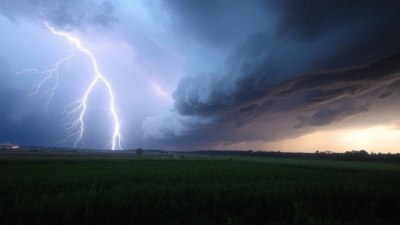How the Andes Mountains Literally Decide Whether It’s a Desert or a Rainforest
Explore how the Andes Mountains influence climate, creating deserts and rainforests in South America.

The Andes Mountains, stretching over 7,000 kilometers along the western coast of South America, play a pivotal role in determining the climate and ecosystems of the regions they traverse. This mountain range, the longest in the world, acts as a massive barrier that influences weather patterns, creating stark contrasts between deserts and rainforests. In this article, we will explore how the Andes Mountains literally decide whether an area will become a desert or a rainforest, examining the mechanisms at play, the ecological consequences, and the fascinating geology behind this phenomenon.
The Role of Topography in Climate
The Andes Mountains are not just impressive due to their height but also due to their orientation and the way they interact with prevailing winds. The mountains run north to south, forming a barrier that traps moisture-laden winds coming from the Pacific Ocean. When these winds encounter the mountains, they are forced to ascend. As air rises, it cools, resulting in condensation and precipitation on the windward side of the range. This process is known as orographic lift, and it is critical for understanding how the Andes influence regional climates.
The Windward Side: A Rainforest Paradise
The areas of the Andes that face the Pacific Ocean are characterized by lush, green rainforests. These regions, particularly in countries like Ecuador and Colombia, receive substantial rainfall, averaging between 2,000 to 4,000 millimeters annually. The abundant moisture supports a diverse array of plant and animal life, making it one of the most biodiverse ecosystems on the planet. Towering trees, ferns, and an array of epiphytes adorn the landscape, while countless species of birds, insects, and mammals thrive in this rich habitat.
The Leeward Side: A Dry Desert
Microclimates and Local Variations
Within these broad classifications, the Andes also give rise to numerous microclimates. Factors such as altitude, slope orientation, and proximity to bodies of water mean that even small changes in geography can result in significant climatic differences. For instance, areas at high altitudes may experience colder temperatures and different precipitation patterns compared to lower regions a short distance away. This complexity allows for a variety of ecosystems to coexist within a relatively small area, each adapting uniquely to its specific environment.
Glacial Influence
The Andes are home to numerous glaciers, particularly in regions like Patagonia and the Cordillera Blanca. These glaciers are critical water sources for many communities and ecosystems downstream. As they melt, they release freshwater that feeds rivers, lakes, and aquifers. Additionally, glacial melt plays a key role in maintaining the health of the surrounding rainforest ecosystems, as it helps to regulate water availability during dry seasons.
Human Impact on Ecological Balance
Human activities, from agriculture to urbanization, have had profound impacts on the delicate balance between desert and rainforest ecosystems influenced by the Andes. Deforestation in rainforests due to logging or agriculture can disrupt local weather patterns, potentially reducing precipitation in these areas over time. Similarly, over-extraction of water resources from rivers fed by glacial melt can lead to water shortages for both local communities and the ecological systems that rely on that water.
Climate Change and Its Consequences
Climate change poses a significant threat to the ecosystems and climates governed by the Andes Mountains. Rising global temperatures are leading to accelerated glacial melt, impacting water availability for both people and wildlife. Changes in precipitation patterns can also affect the delicate environmental balance, potentially shifting the boundaries between deserts and rainforests. As the climate warms, some regions may become drier and more desert-like, while others could see increased rainfall, resulting in rapid changes to local ecosystems.
Preservation Efforts
Recognizing the importance of these ecosystems, various organizations and governments are working to preserve the rainforests and mitigate the impacts of climate change. Conservation projects focus on sustainable land use, reforestation efforts, and supporting local communities in adapting to changing conditions. Additionally, increasing public awareness about the ecological significance of the Andes can help garner support for conservation initiatives and sustainable practices.
The Andes Mountains are more than just a geographical landmark; they are a crucial player in shaping the climate and ecosystems of South America. By influencing precipitation patterns through orographic lift, the Andes create a distinct border between rainforests and deserts. As we face the growing threats of climate change, understanding and preserving these unique environments becomes increasingly important. Continuing to study the relationship between the Andes and regional climates can help inform conservation efforts and ensure the survival of these vital ecosystems for future generations.











